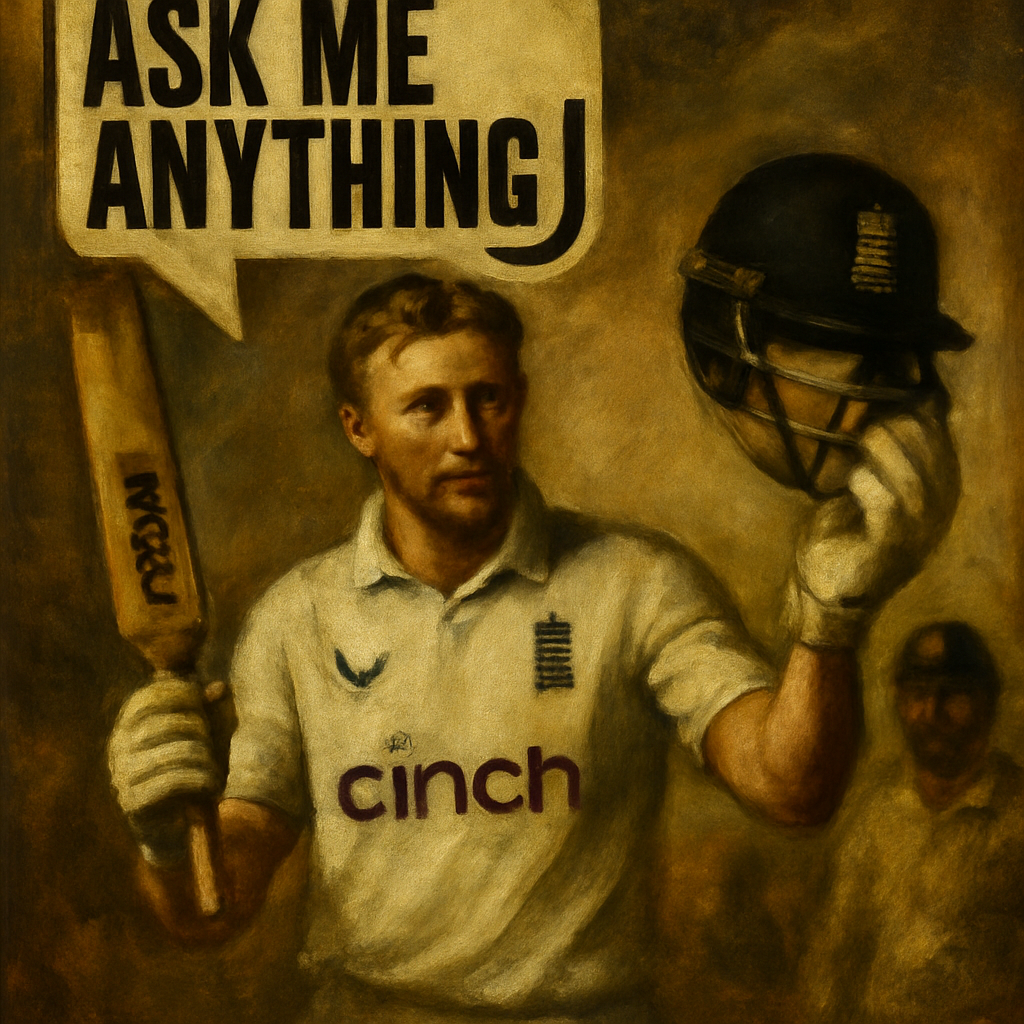CRICKET — In cricket, the batting order is more than just a list of names—it’s a carefully crafted strategy that can determine the outcome of a match. Each position in the lineup serves a unique purpose, tailored to the strengths of the player and the needs of the team. BBC Sport breaks down why batting positions matter and how they shape the game.
From explosive openers to steady middle-order anchors and finishers who thrive under pressure, every role is critical. A well-structured batting order maximizes scoring potential while mitigating risks. As former England captain Nasser Hussain once said, "The difference between a good team and a great team often comes down to how they manage their batting order."
The Openers: Setting the Tone
The first two batsmen, known as openers, face the new ball when it’s at its hardest and most unpredictable. Their primary role is to survive the early onslaught from fast bowlers and lay a foundation for the innings. "Openers need a mix of patience and aggression," explains Australian great Matthew Hayden. "They must weather the storm but also capitalize on loose deliveries."
Key traits of successful openers include:
- Solid defensive technique to handle swing and seam movement
- Ability to leave balls outside off-stump
- Mental resilience to handle early pressure
The Top Order: Stabilizing the Innings
Batsmen at positions 3 and 4 are often the team’s most technically sound players. They bridge the gap between the openers and the middle order, ensuring stability if early wickets fall. "A good No. 3 is like a rock," says Indian legend Rahul Dravid. "They absorb pressure and build partnerships."
These players are typically:
- Excellent against both pace and spin
- Adaptable to different match situations
- Capable of batting for long periods
The Middle Order: Accelerating the Run Rate
Positions 5 to 7 are reserved for versatile players who can rebuild after collapses or accelerate the scoring rate. They often face older balls and spinners, requiring innovative shot-making. "The middle order is where games are won or lost," notes England’s Eoin Morgan. "They must read the game and adapt on the fly."
Middle-order batsmen excel in:
- Rotating strike with quick singles
- Hitting boundaries against spinners
- Finishing innings with power hitting
The Lower Order and Tailenders: Adding Crucial Runs
Batsmen at positions 8 to 11 are typically bowlers with limited batting skills, but their contributions can be game-changing. A handy 20-30 runs from the tail can shift momentum. "Every run counts," emphasizes former Pakistan captain Wasim Akram. "Tailenders who scrap for runs often make the difference in tight matches."
Effective tailenders focus on:
- Blocking out deliveries to protect wickets
- Capitalizing on bad balls
- Supporting set batsmen at the other end
Conclusion: The Art of Batting Order Strategy
Crafting the perfect batting order is a blend of science and intuition. Teams must balance aggression with stability, adaptability with specialization. "There’s no one-size-fits-all approach," says New Zealand coach Gary Stead. "The best orders evolve with the match situation and the players’ form."
Whether it’s a Test match requiring patience or a T20 demanding fireworks, the batting order remains cricket’s most strategic puzzle. As the game evolves, so too will the roles within it—but one truth endures: "Where you bat shapes how you bat, and that shapes the game."

